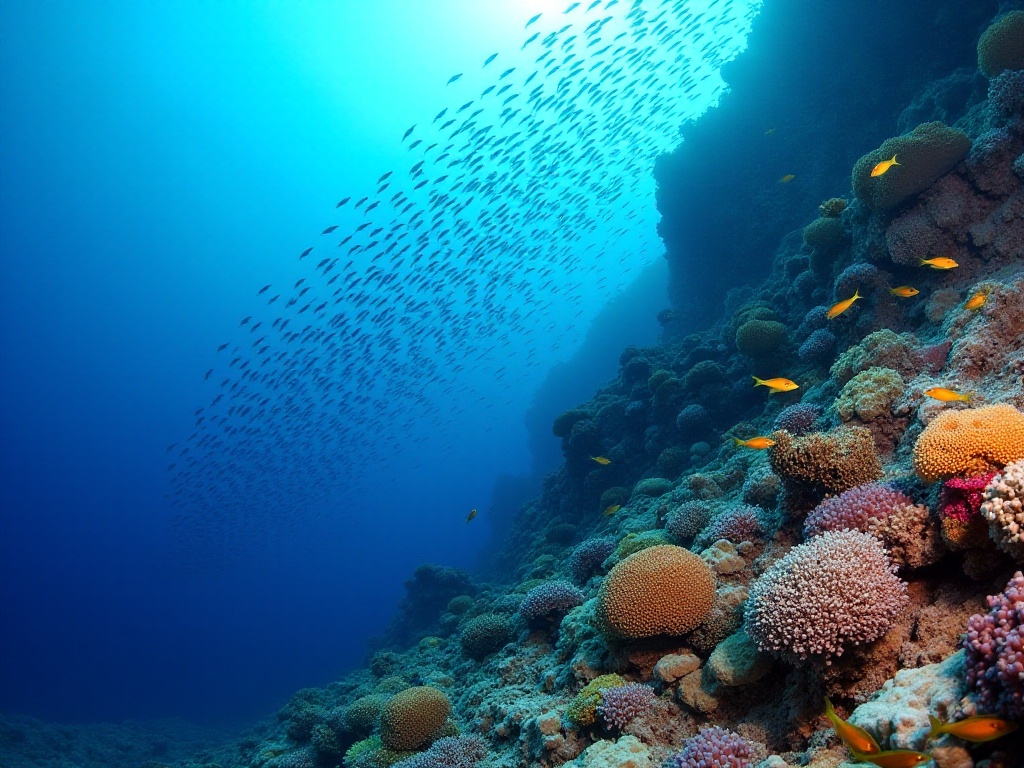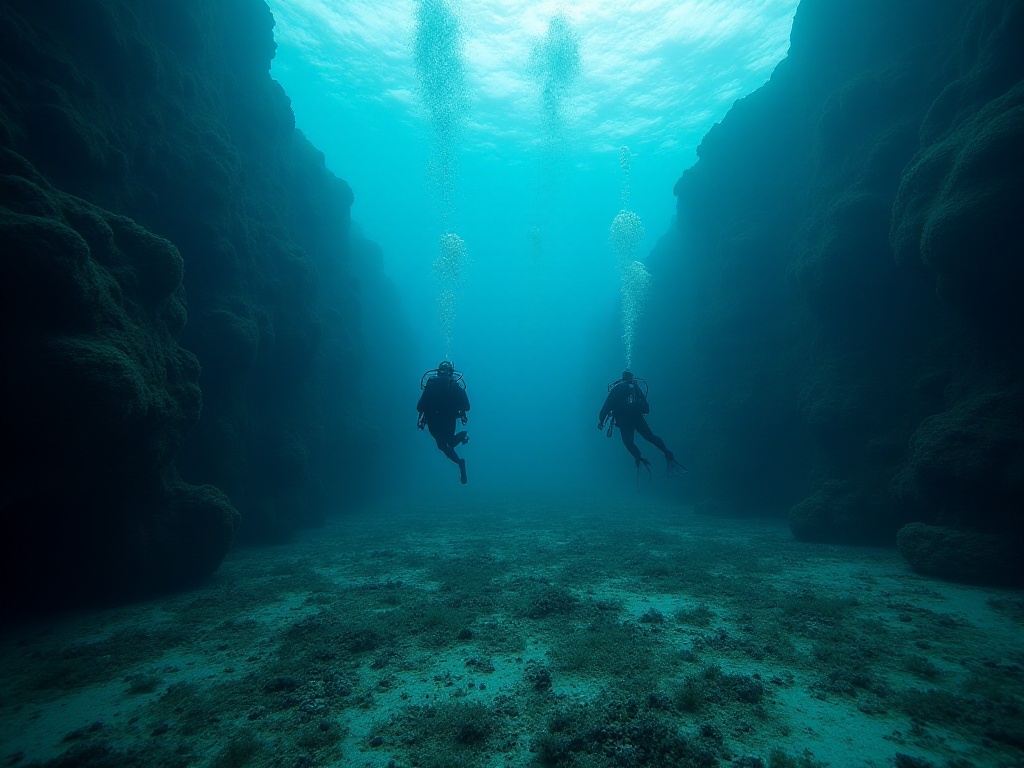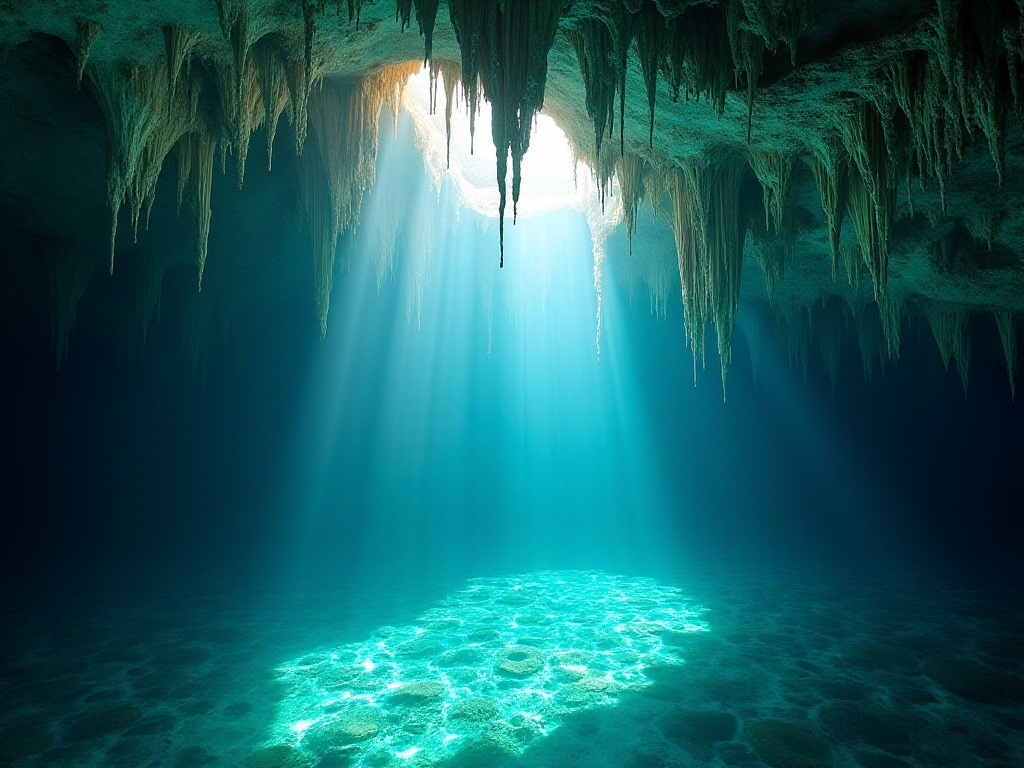Opening Words
Hello everyone, I'm Little Fish, a travel blogger who has been "soaking" around the world. As a passionate scuba diver, I've accumulated thousands of diving hours at major diving destinations globally. When I close my eyes, those wonderful underwater encounters flash before me. The feeling of close contact with marine life and the freedom of floating in the deep blue sea fill me with incredible happiness.
To be honest, I never thought I would become so obsessed with diving. I remember being a bit scared during my first diving experience. But once I actually descended into the water and saw that colorful world, I was completely captivated. Now, I spend almost all my vacations exploring new diving spots and documenting the unique scenery of different seas.
Caribbean Dreams
When it comes to diving paradises, the Caribbean Sea is definitely a place that countless diving enthusiasts dream about. Not only does it have pleasant water temperatures and excellent visibility, but more importantly, it has one of the world's most intact coral reef ecosystems. I once spent three whole months here, visiting over ten famous diving spots, with each dive bringing different surprises.
Shark Alley in the Cayman Islands is one of my most memorable diving spots in the Caribbean. I remember my heart was beating so fast it almost jumped out of my chest before my first descent. The guide told me that the reef sharks here were accustomed to human presence and wouldn't actively attack divers. But when I actually saw these elegant predators glide past me, the impact still took my breath away.
As I dove more frequently, I gradually learned to appreciate the beauty of sharks. Their swimming movements are so fluid, every turn so graceful. Sometimes they would curiously approach divers but always maintain a perfect distance. This interaction pattern helped me deeply understand that in the ocean, humans are just one of many species, not rulers.
Besides Shark Alley, Stingray City in the Cayman Islands also left a deep impression on me. There are numerous stingrays here, and they're very friendly. They actively approach divers and sometimes even gently brush against your body. The local guide told me these stingrays have lived here for generations and consider this place their home.
At another famous Caribbean diving spot—Bonaire—I experienced what "easy diving" means. The coral reefs are right off the shore, and you can walk straight into the water from the beach. Underwater visibility often exceeds 40 meters, with various tropical fish darting through coral clusters, and colorful sponges and anemones swaying gently with the current, creating a scene like a moving watercolor painting.
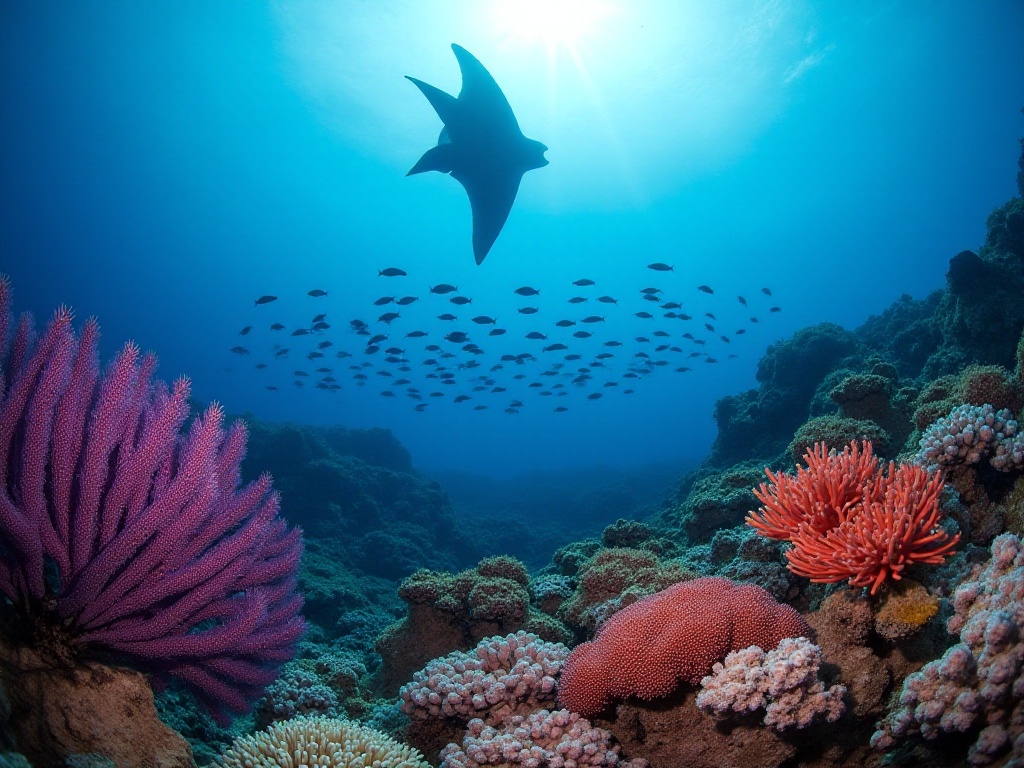
Southeast Asian Adventures
If the Caribbean is a diver's heaven, then Southeast Asia is a diver's playground. Each diving spot here has its own unique charm, bringing different surprises with every dive.
Komodo National Park in Indonesia is one of my favorite diving locations. The Batu Bolong dive site here is like a "species museum"—in one 90-minute dive, I recorded over 50 different species of fish. From giant manta rays to cute clownfish, from fierce sharks to gentle sea turtles, this place is truly a microcosm of a complete marine ecosystem.
The currents at Batu Bolong are indeed strong, sometimes making you feel like you're on a roller coaster. But it's these strong currents that bring rich plankton, attracting large numbers of fish to gather here. I remember once during a dive, we suddenly encountered a group of giant sunfish, leisurely rolling in the water, completely unbothered by our presence as "visitors."
At Sipadan Island in Malaysia, I witnessed the most spectacular "fish show." The size of the barracuda schools here is simply breathtaking. During one dive, just as we reached 15 meters depth, we saw a huge silver vortex slowly moving in the distance. As we got closer, I realized it was a school of thousands of barracudas. They maintained perfect formation, with each scale gleaming in the sunlight.
Another highlight of Sipadan is its green sea turtles. This is one of the world's most important sea turtle nesting sites, and you can encounter them on almost every dive. The turtles aren't afraid of people at all, sometimes swimming right up to you and examining you with curious eyes. My most unforgettable experience was following a green sea turtle for nearly 20 minutes, watching it forage among the coral reefs and swim gracefully, creating a peaceful feeling of harmony with nature.
Dumaguete in the Philippines gave me a completely different experience. It's known for macro diving, which means observing smaller marine creatures. Here, you need to slow down and carefully examine every coral and seaweed. Sometimes, an inconspicuous corner might hide extremely rare creatures. I've seen leopard blennies just millimeters long, uniquely shaped nudibranchs, and even the legendary seahorses here.
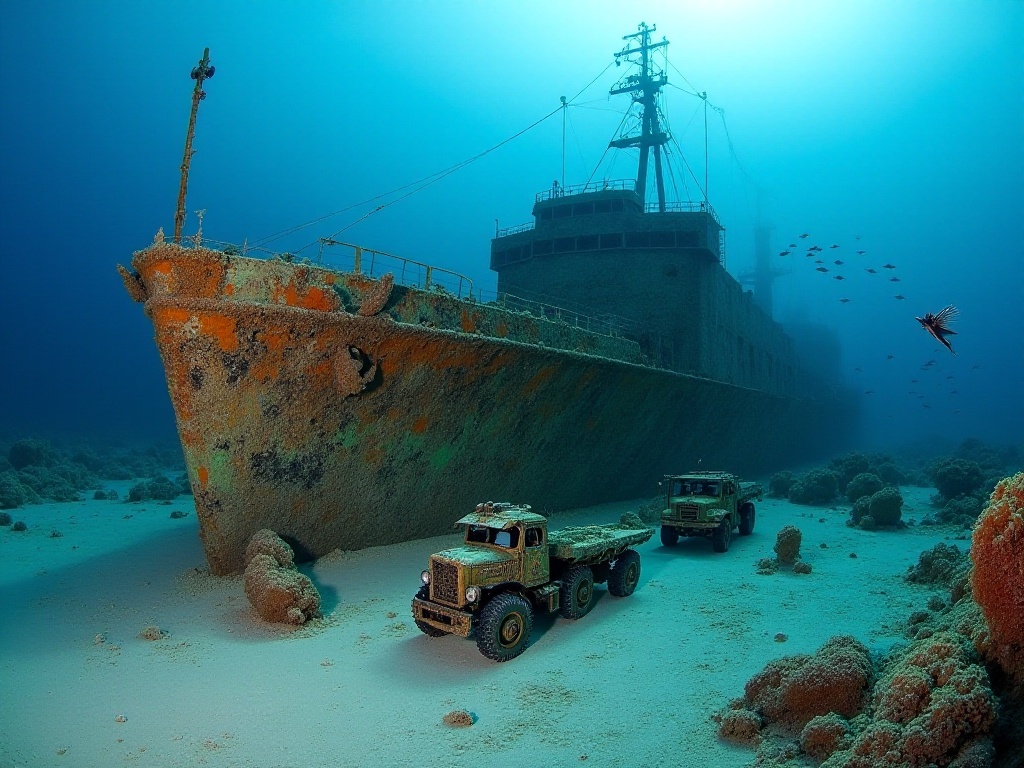
Shipwreck Exploration
When it comes to the most adventurous diving experiences, nothing compares to wreck diving. Each sunken ship carries its unique history, and now they've become homes for marine life.
The Liberty wreck in Bali, Indonesia, is my favorite wreck diving site. This WWII-era cargo ship has been underwater for decades and is now occupied by various corals and marine life. The hull is covered with soft corals and sea anemones, creating a unique landscape. Every time I dive, I carefully explore inside and outside the ship's cabins, always discovering new details.
I remember once finding a school of glassfish in the Liberty's cabin. They were densely packed together, swaying gently with the current, gleaming silver under the flashlight beam. Suddenly, a jack fish charged into the school, causing instant chaos as thousands of small fish scattered and regrouped, creating a dynamic artistic scene.
In Palau, I've also explored several Japanese shipwrecks from WWII. These wrecks are remarkably well-preserved, with even the ship's machinery still visible. Most striking is how these cold metal structures have transformed into vibrant underwater gardens. Various corals grow on the hulls, forming unique micro-ecosystems.
The Iro Maru in Palau is particularly noteworthy. This 145-meter-long oil tanker now rests quietly on the seabed at 40 meters. Though challenging to dive, it's absolutely worth trying. The deck, engine room, and cargo holds are well-preserved, perfect for penetration diving. However, I must emphasize that entering shipwreck interiors requires professional equipment and training, and should only be done under the guidance of experienced guides.
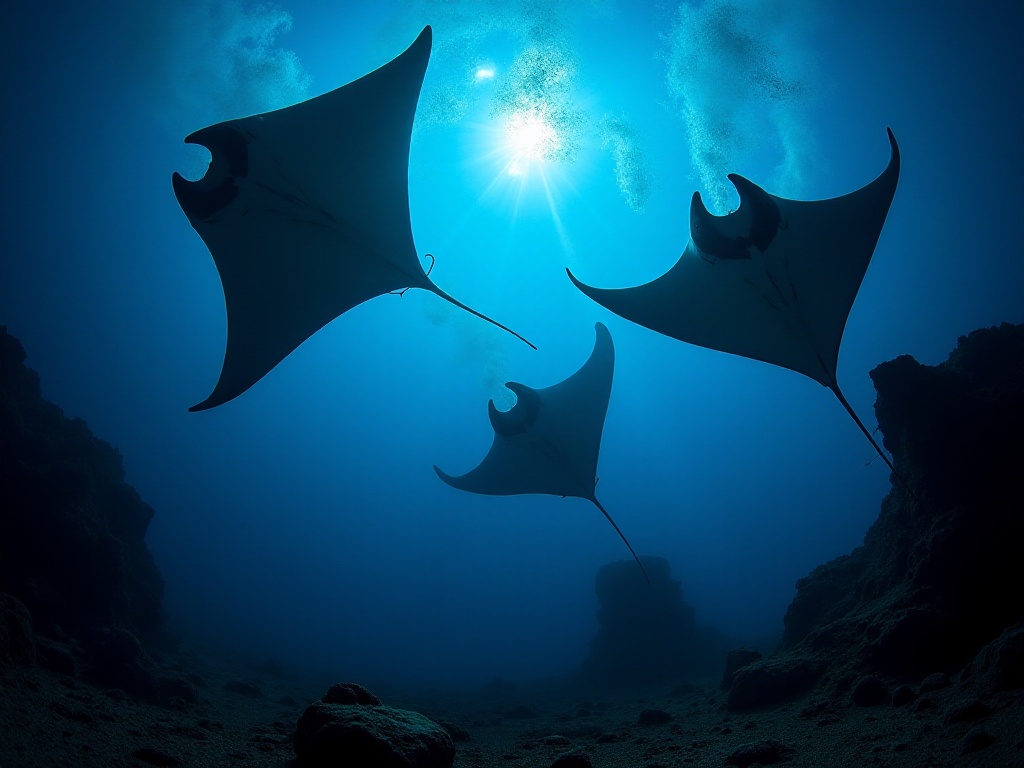
Hidden Realms Revealed
Among many diving destinations, Blue Corner in Palau might be the most challenging. The currents here are unpredictable, varying from strong to weak, but this uncertainty creates its unique viewing value.
I remember my first dive at Blue Corner, when the guide specifically chose a time with relatively mild currents. Even so, we had to hold tight to reef hooks to maintain our position. Just then, a group of grey reef sharks appeared in the deep blue water. They seemed completely unaffected by the current, swimming gracefully in the rapid flow, occasionally turning to observe us "outsiders."
During subsequent dives, we also encountered a group of manta rays. These "angels of the sea" spread their wings, gliding elegantly through the water, sometimes even passing right over divers' heads—a sensation impossible to describe in words. Most excitingly, near the end of our dive, we spotted a whale shark swimming by in the distance. Though far away, its massive silhouette was unforgettable.
At South Ari Atoll in the Maldives, I experienced another form of secret realm diving. The coral reefs here form many natural channels, creating strong currents during tides. Under guide supervision, we used these currents for drift diving, which was both effortless and exciting. During the drift, we saw countless fish schools and even witnessed several whitetip reef sharks hunting in the current.
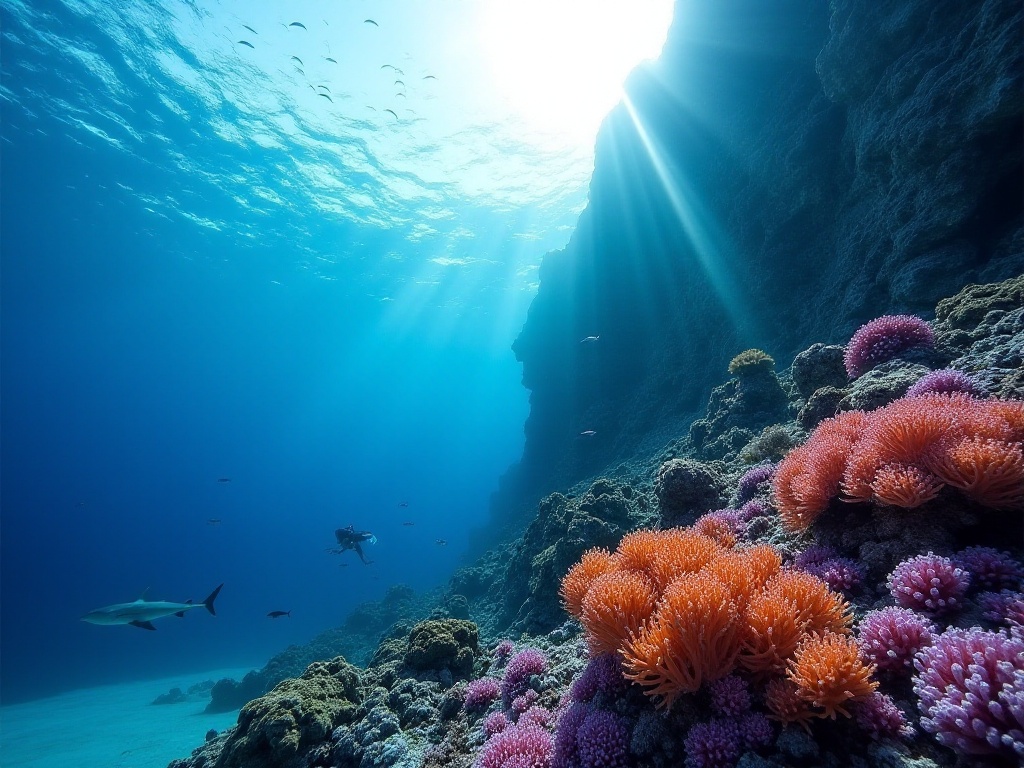
Diving Tips
After years of diving experience, I deeply understand the importance of choosing suitable diving sites. Take Batu Bolong in Komodo, for example. While incredibly beautiful, the currents are indeed strong. I recommend having at least 50 dives of experience and good physical fitness before attempting it. For first-timers, it's best to choose times when currents are relatively weak to better adapt to the environment.
Visiting the same diving spot in different seasons can reveal completely different scenes. In the Maldives, for example, January to April is best for seeing manta rays. This period not only has good weather but is also when mantas gather. In Dumaguete, Philippines, March to June is the peak season, with best visibility and chances to see rare marine life.
Equipment selection is also crucial. I usually choose different gear for different sites. In colder waters like Komodo's deep zones, I opt for a 5mm wetsuit; while in warm Caribbean waters, a 3mm suit suffices. Camera equipment should also match the site's characteristics—for instance, a macro lens is essential in macro paradises like Dumaguete.
Safety always comes first. I consistently follow these principles: First, never exceed your capabilities; Second, always have a reliable dive buddy; Third, regularly check and maintain equipment; Fourth, constantly monitor weather and sea conditions. Additionally, purchasing appropriate dive insurance is crucial for necessary protection in case of accidents.
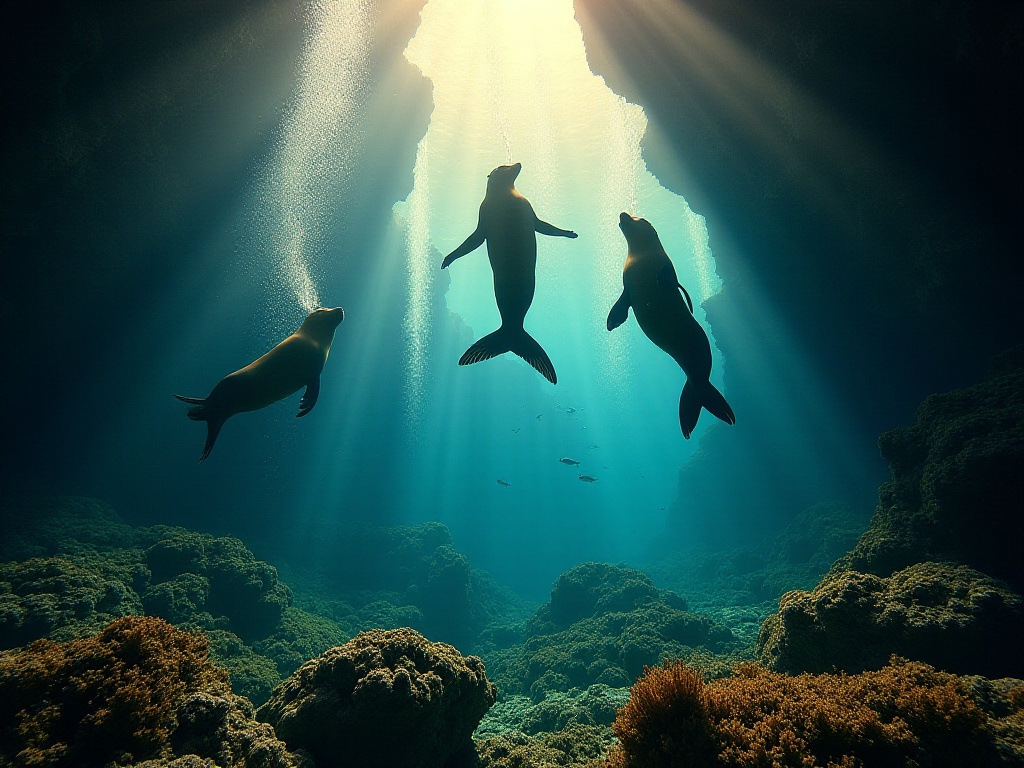
Conclusion
Every time I recall these diving experiences, I'm amazed by the ocean's wonders. Underwater, you see the most brilliant colors, encounter the most unique creatures, and experience the most stunning scenes. Each dive is a new adventure, each encounter a memorable story.
These years of diving have taught me that the ocean isn't just a place for human exploration and entertainment, but one of Earth's most important ecosystems. As divers, we have a responsibility to conduct our activities in the most environmentally friendly way possible, minimizing our impact on the marine environment.
If you're interested in diving, I recommend starting with basic discovery dives, gradually accumulating experience, and progressively challenging more difficult sites. I believe you'll fall in love with this blue world like I did and discover more ocean mysteries.
Remember, the ocean is our shared home and needs everyone's effort to protect it. Let's explore this blue expanse responsibly together and safeguard this beautiful underwater world. Looking forward to meeting you in the deep blue!


